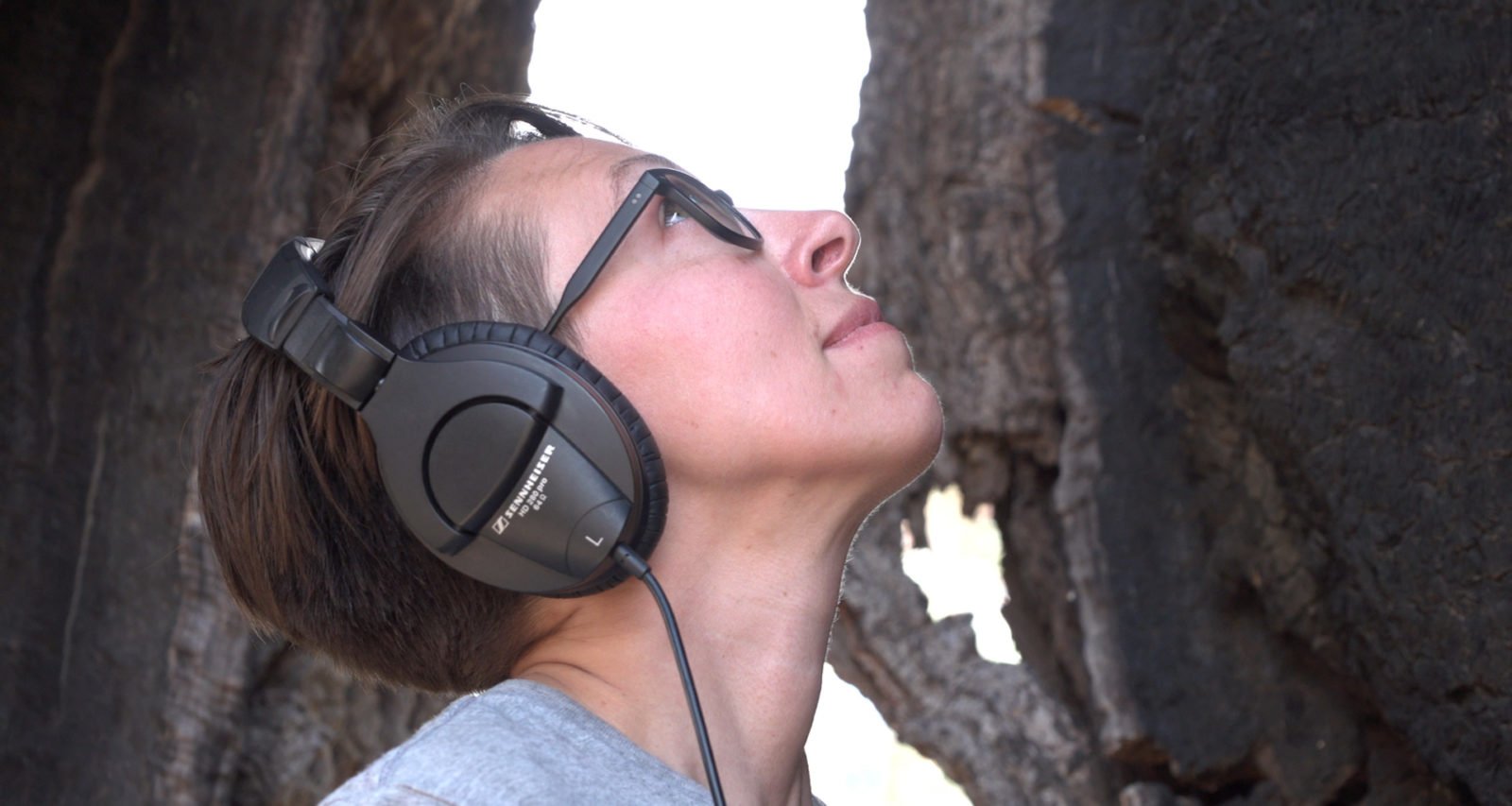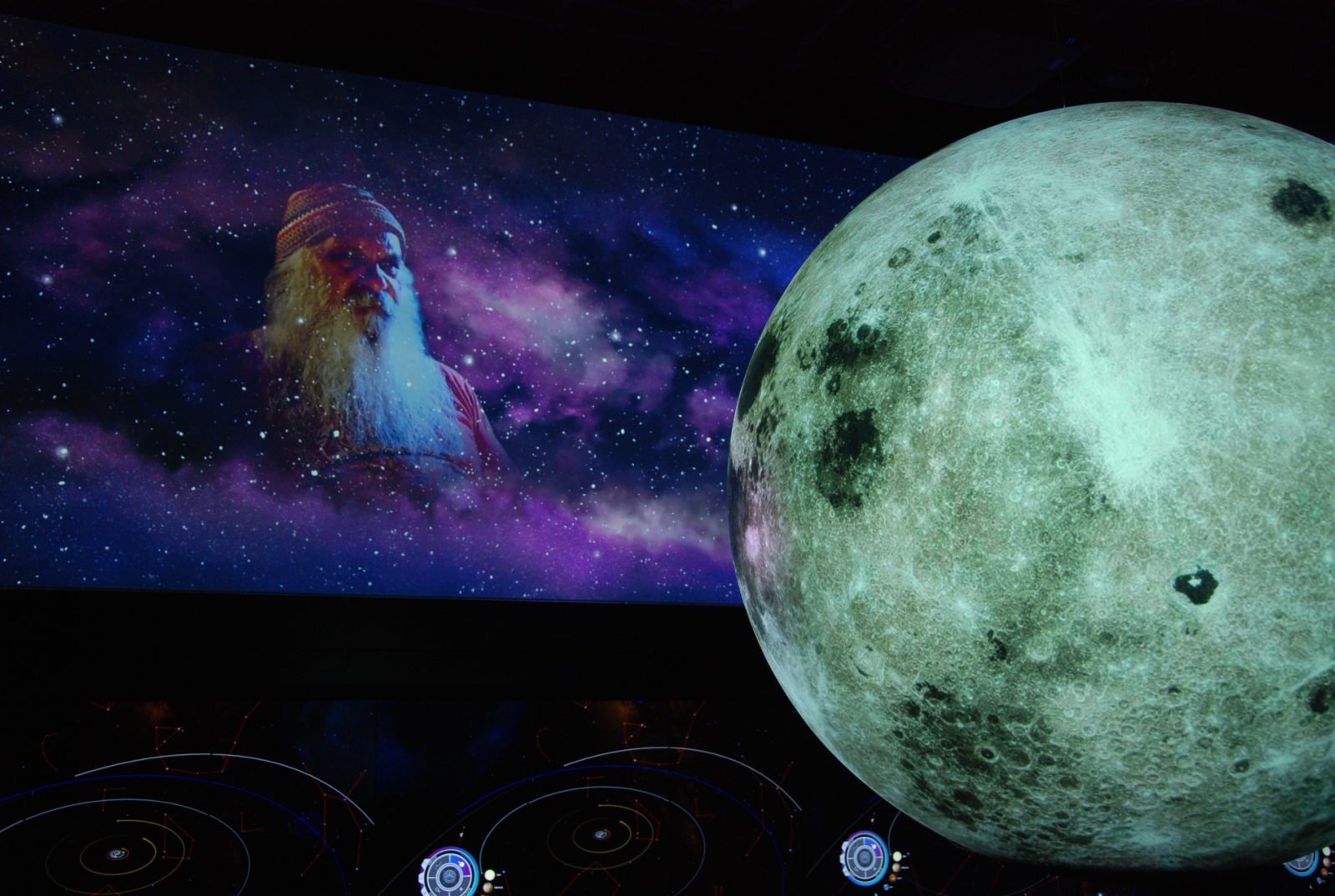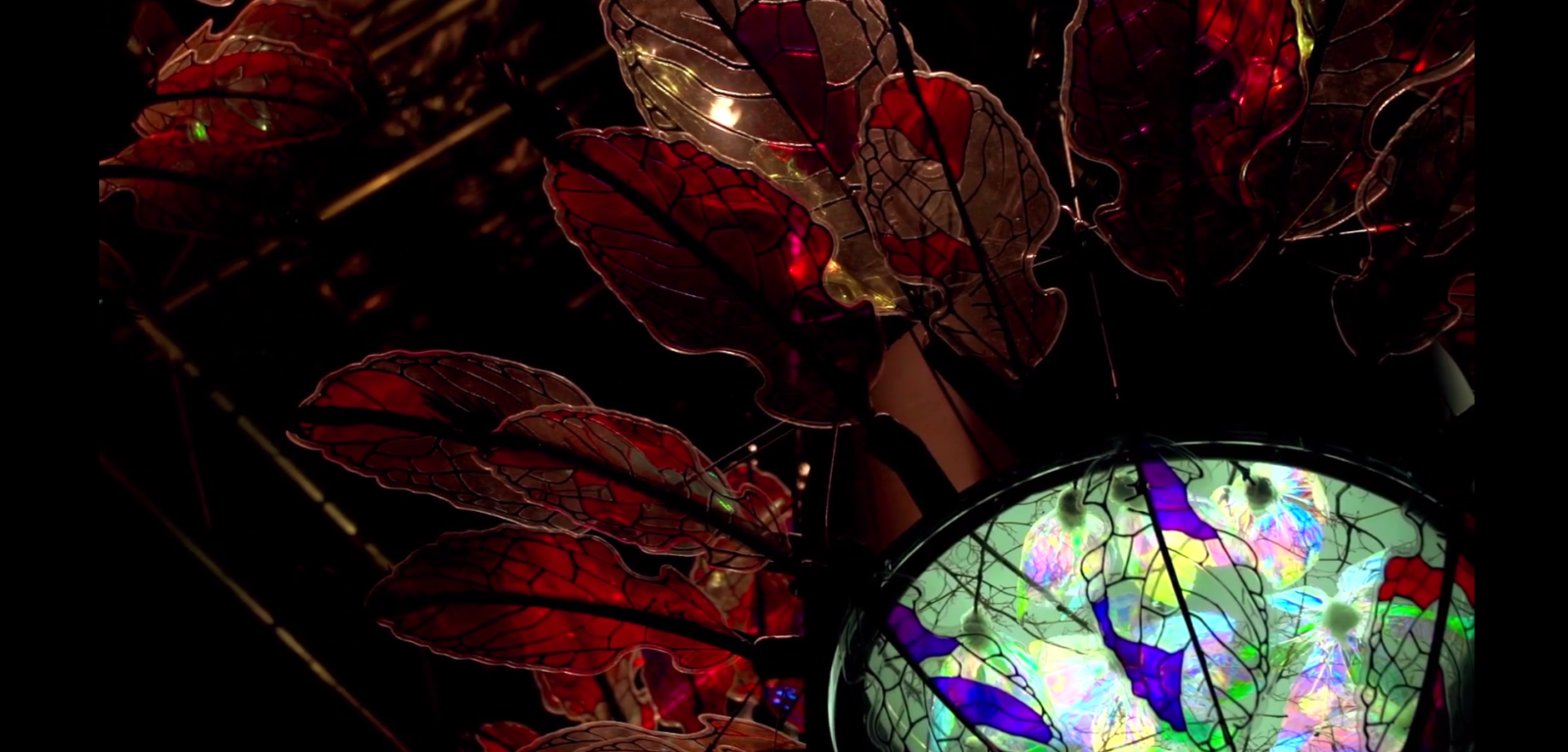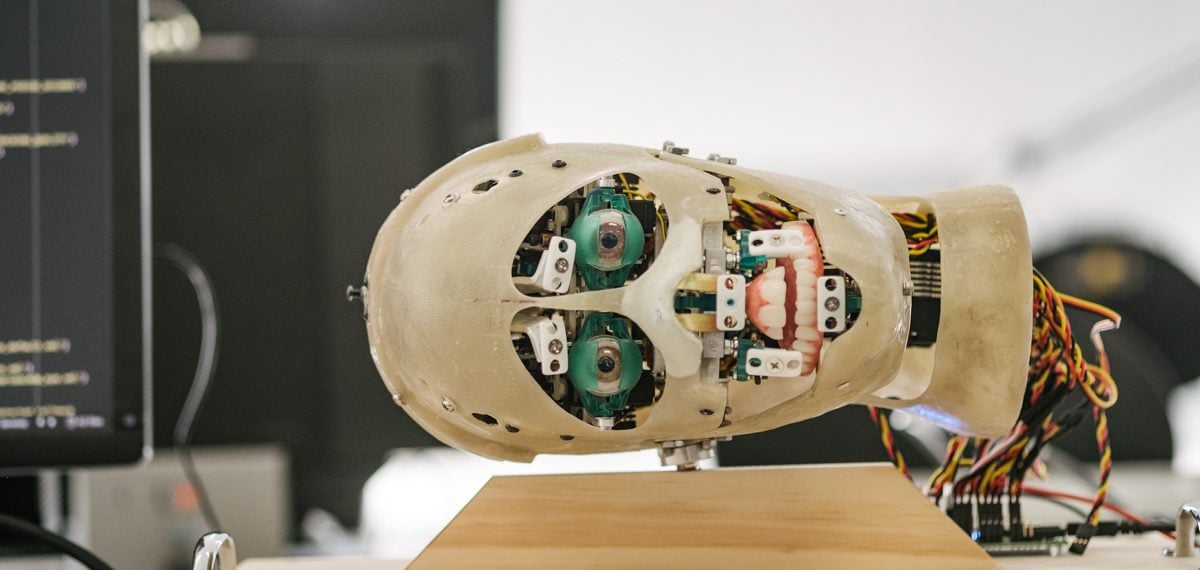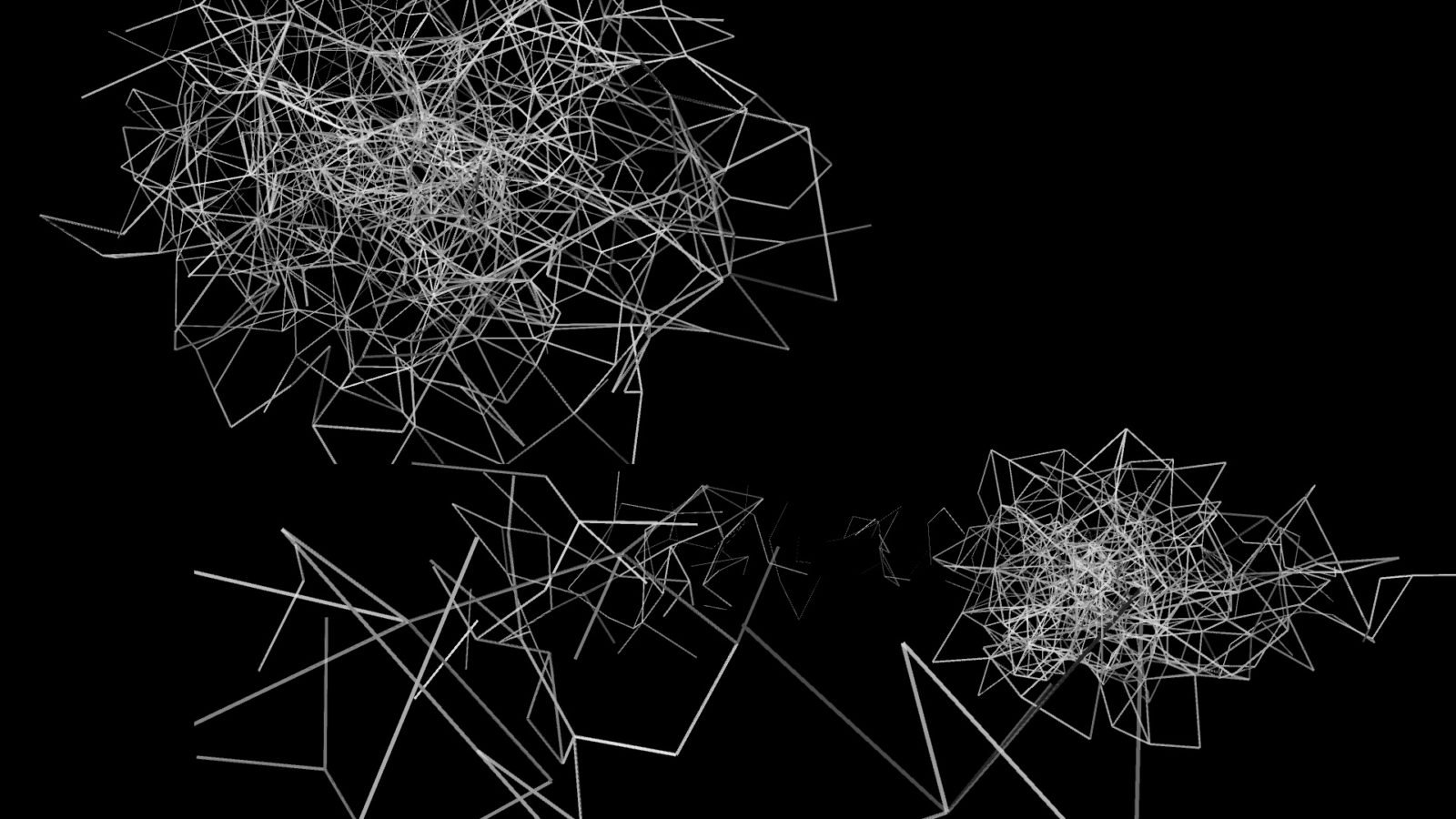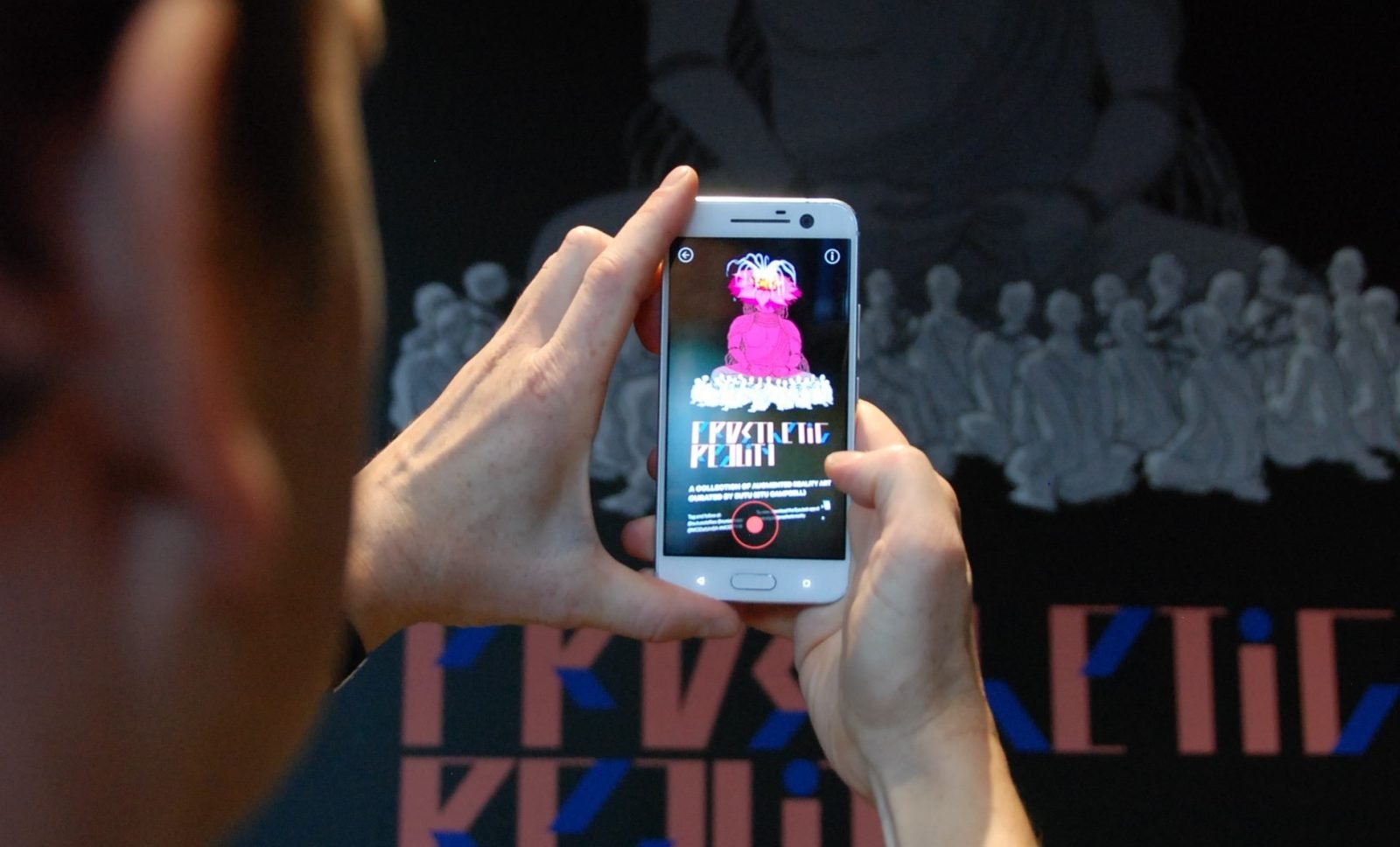Intrigued by design and the human body?
Make it a career with UniSA
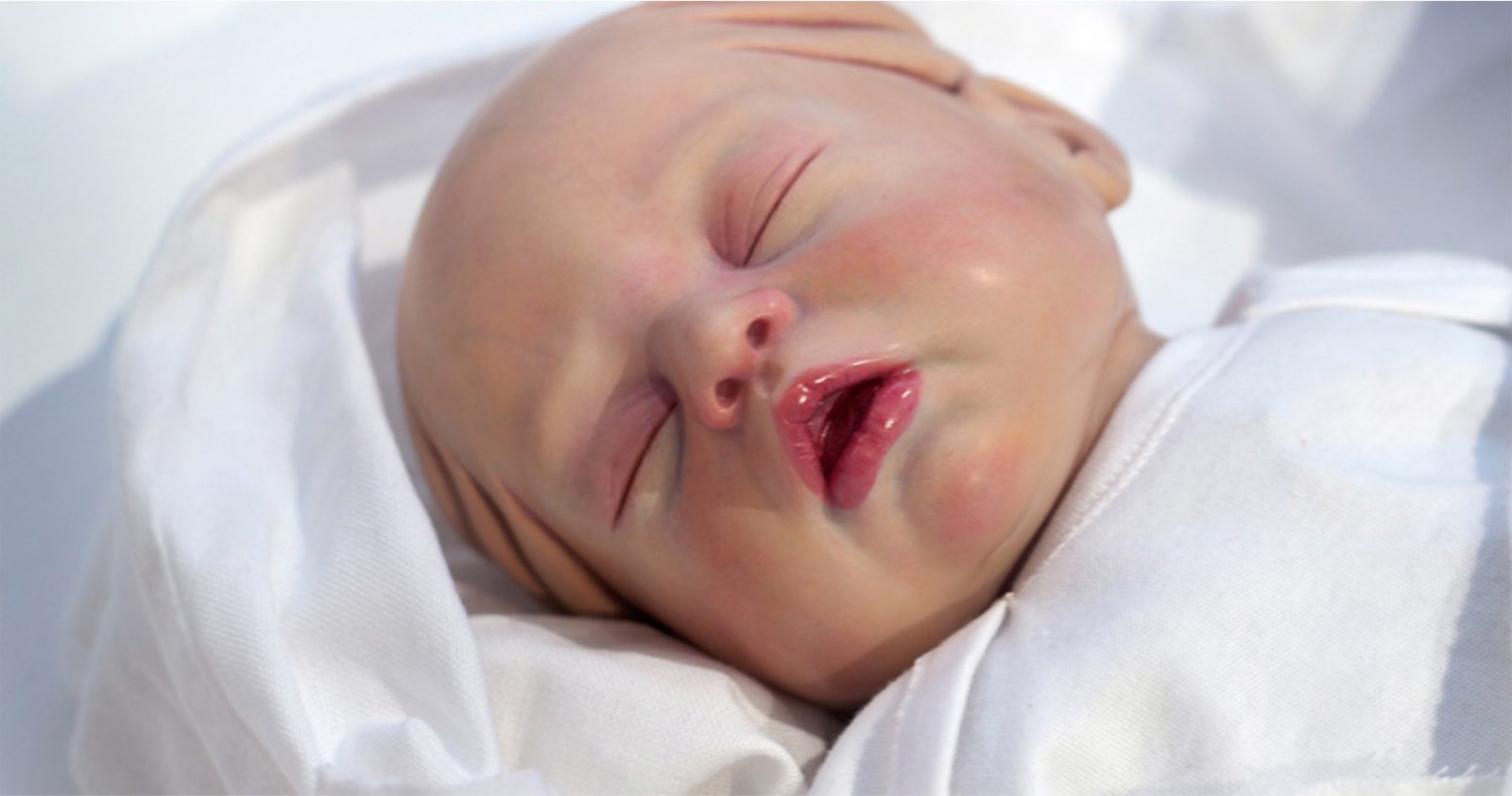
Exhibit Details
Open MayOct 2018
Level 1Gould Interactive Gallery
Body modification has a long history in human culture. We have changed our bodies for aesthetic, self-expressive or religious reasons, but as technology advances so do the possibilities for engineering our bodies in new ways.
Our bodies are made up of elements that can be easily changed. Through surgery they can be stretched, shifted and sewn in drastic ways, while staying functional.
What, then, stops us from modifying our bodies, and those of our children, for a higher level of function than we have now? Especially if it helps protect or benefit us, and those that we love?
Transfigurations by Agi Haines includes five designs for potential body enhancements. Each uses surgery to achieve a higher level of function that could benefit a child. The designs attempt to solve future problems for the baby, from medical to environmental to social mobility issues.
About Agi Haines
Agi Haines’ (UK) work is focused on the design of the human body. She is interested in questions about how we respond to the possibilities of our body as another everyday material. Her work explores how far we can push our bodies while still being accepted by society.
After completing her masters in the Design Interactions department at the Royal College of Art, she is now undertaking PhD research at Transtechnology Research, funded by Plymouth University. Her research sits within a transdisciplinary department called CogNovo – which is dedicated to exploring the emerging area of cognitive innovation. Working among artists and scientists focused on creativity and cognition, she is inspired by the weird and wonderful things that exist inside us. Agi’s work questions how our morbid curiosity for the viscera of life might affect the future of design; not only for the environment but also for us, as “sentient sacks of flesh” within it.
Discover more
Watch
Read
Credits
- Agi Haines Artist & Researcher



